€3.48
/ per pack
Choose seeds per pack:
Botanical nomenclature: Hibiscus sabdariffa / Sabdariffa rubra / Abelmoschus cruentus
Common Name: Roselle, Jamaican Sorrel, Florida Cranberry, Indian Roselle, Red Sorrel
Origin: Africa and Asia
Kingdom: Plantae
Clade: Tracheophytes
Clade: Angiosperms
Clade: Eudicots
Clade: Rosids
Order: Malvales
Family: Malvaceae
Subfamily: Malvoideae
Tribe: Hibisceae
Genus: Hibiscus
Species: H. sabdariffa
A large subshrub, native to tropical Africa and Asia with dark red stems, white to pink flowers and bright red seed pods. It has a multitude of uses, among them as a source of strong fibers, a food colorant, teas and drinks, a vegetable, jam and for many medicinal applications. Very easy to grow in the tropics.
Roselle (Hibiscus sabdariffa) is a species of flowering plant in the genus Hibiscus that is native to Africa, most likely West Africa. In the 16th and early 17th centuries it was spread to the West Indies and Asia, respectively, where it has since become naturalized in many places. The stems are used for the production of bast fibre and the dried cranberry tasting calyces are commonly steeped to make a popular infusion known as carcade.
Roselle is an annual or perennial herb or woody-based subshrub, growing to 2–2.5 m (7–8 ft) tall. The leaves are deeply three- to five-lobed, 8–15 cm (3–6 in) long, arranged alternately on the stems.
The flowers are 8–10 cm (3–4 in) in diameter, white to pale yellow with a dark red spot at the base of each petal, and have a stout, conspicuous calyx at the base, 1–2 cm (0.39–0.79 in) wide, enlarging to 3–3.5 cm (1.2–1.4 in) and becoming fleshy and a deep crimson red as the fruit matures, which takes about six months.
In India, the plant is primarily cultivated for the production of bast fibre used in cordage, made from its stem. The fibre may be used as a substitute for jute in making burlap. Hibiscus, specifically roselle, has been used in folk medicine as a diuretic and mild laxative.
The red calyces of the plant are increasingly exported to the United States and Europe, particularly Germany, where they are used as food colourings. It can be found in markets (as flowers or syrup) in places, such as France, where there are Senegalese immigrant communities. The green leaves are used like a spicy version of spinach. They give flavour to the Senegalese fish and rice dish thieboudienne. Proper records are not kept, but the Senegalese government estimates national production and consumption at 700 t (770 short tons) per year. In Myanmar their green leaves are the main ingredient in chin baung kyaw curry.
Brazilians attribute stomachic, emollient, and resolutive properties to the bitter roots.
| Weight | N/A |
|---|
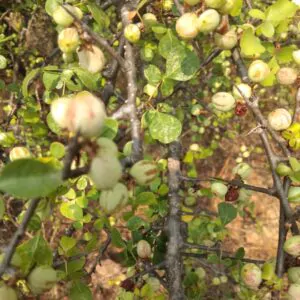
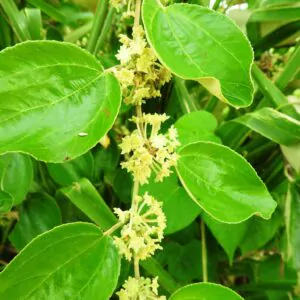
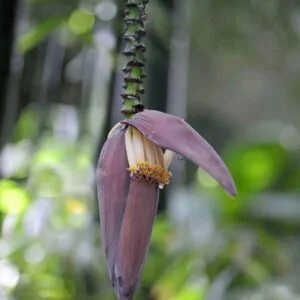
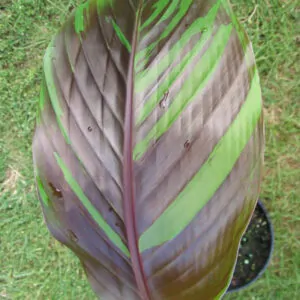
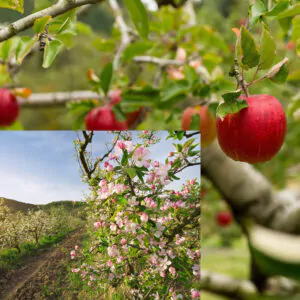
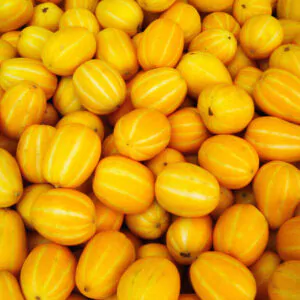
| Cookie | Duration | Description |
|---|---|---|
| cookielawinfo-checkbox-analytics | 11 months | This cookie is set by GDPR Cookie Consent plugin. The cookie is used to store the user consent for the cookies in the category "Analytics". |
| cookielawinfo-checkbox-functional | 11 months | The cookie is set by GDPR cookie consent to record the user consent for the cookies in the category "Functional". |
| cookielawinfo-checkbox-necessary | 11 months | This cookie is set by GDPR Cookie Consent plugin. The cookies is used to store the user consent for the cookies in the category "Necessary". |
| cookielawinfo-checkbox-others | 11 months | This cookie is set by GDPR Cookie Consent plugin. The cookie is used to store the user consent for the cookies in the category "Other. |
| cookielawinfo-checkbox-performance | 11 months | This cookie is set by GDPR Cookie Consent plugin. The cookie is used to store the user consent for the cookies in the category "Performance". |
| viewed_cookie_policy | 11 months | The cookie is set by the GDPR Cookie Consent plugin and is used to store whether or not user has consented to the use of cookies. It does not store any personal data. |